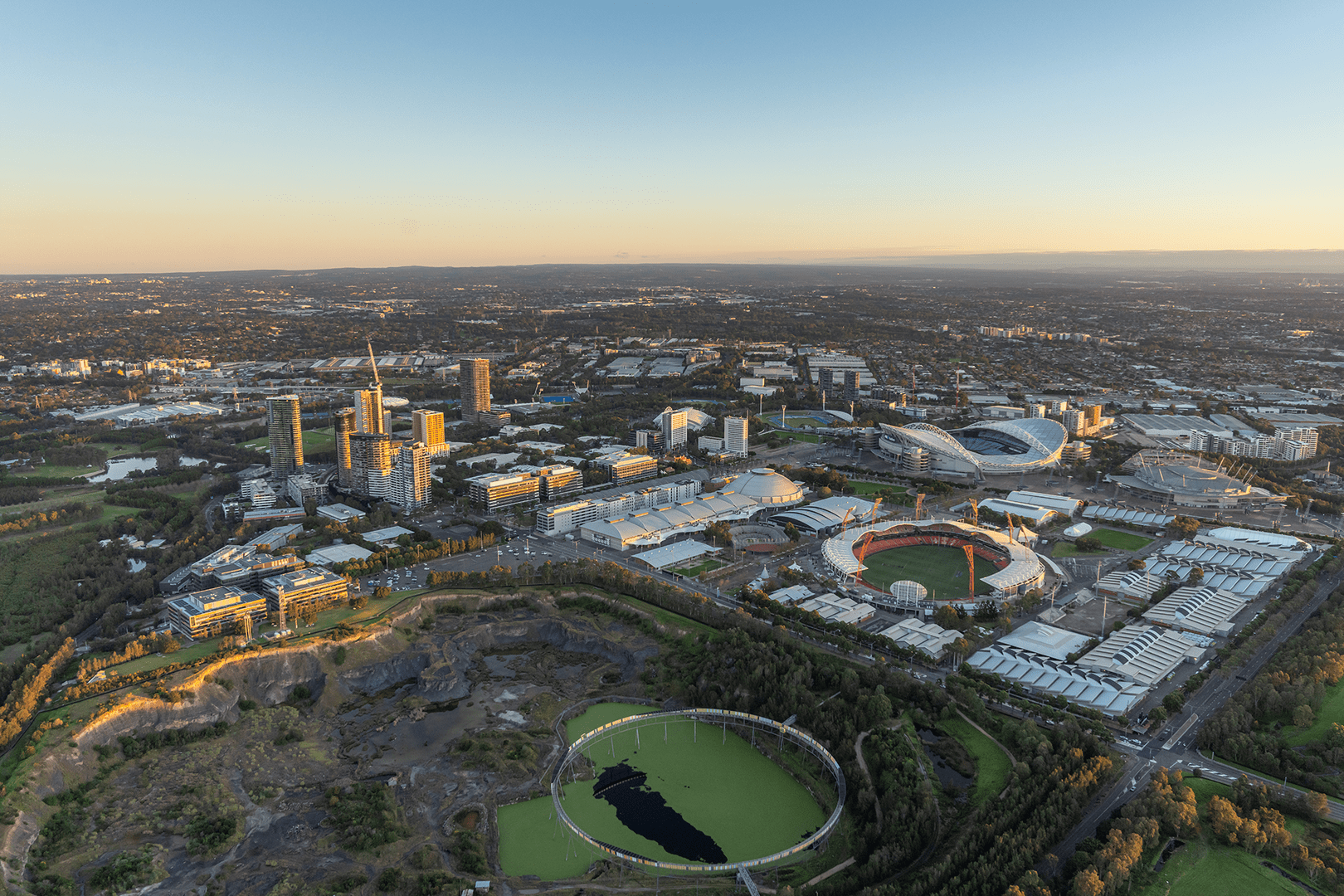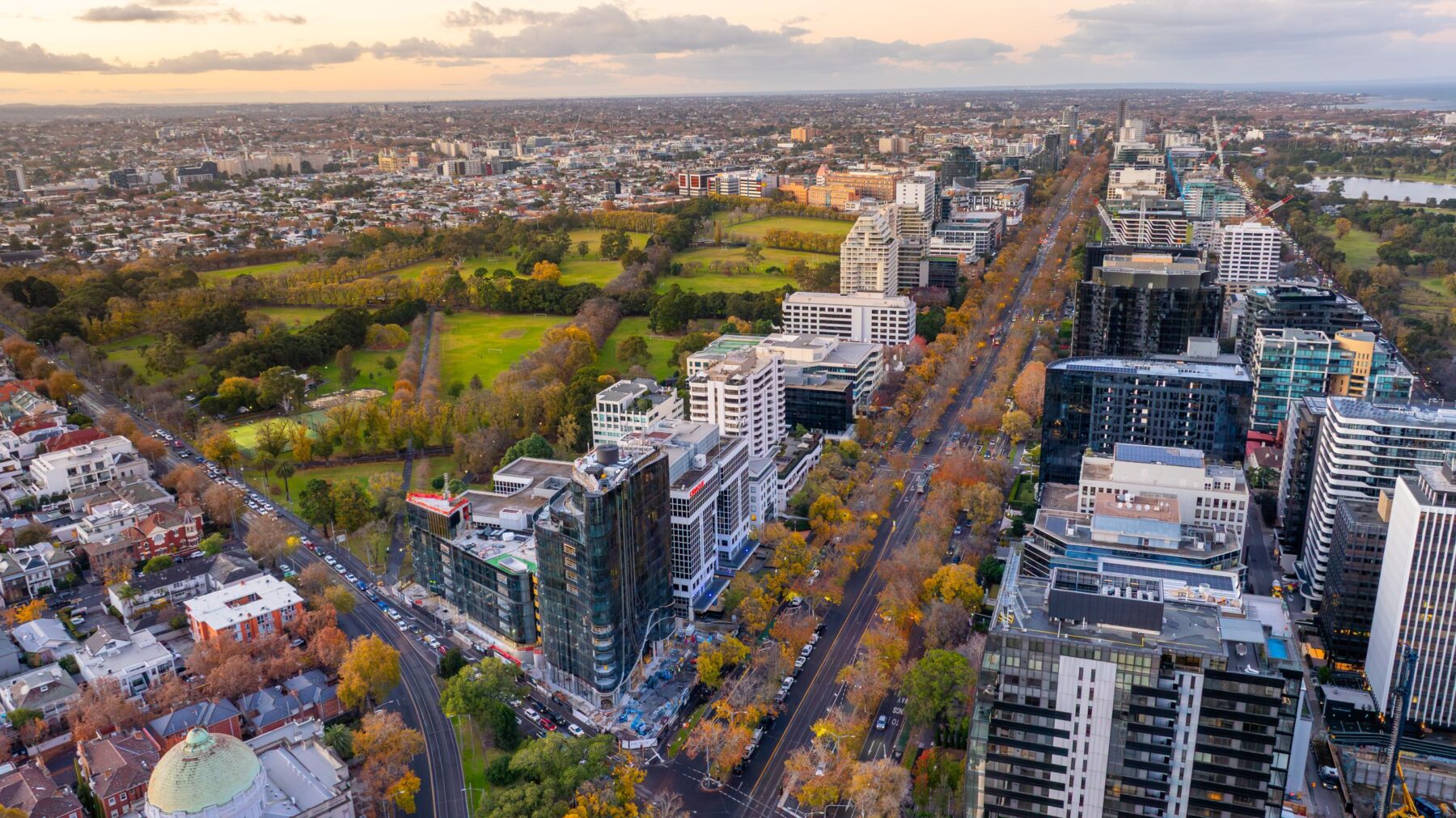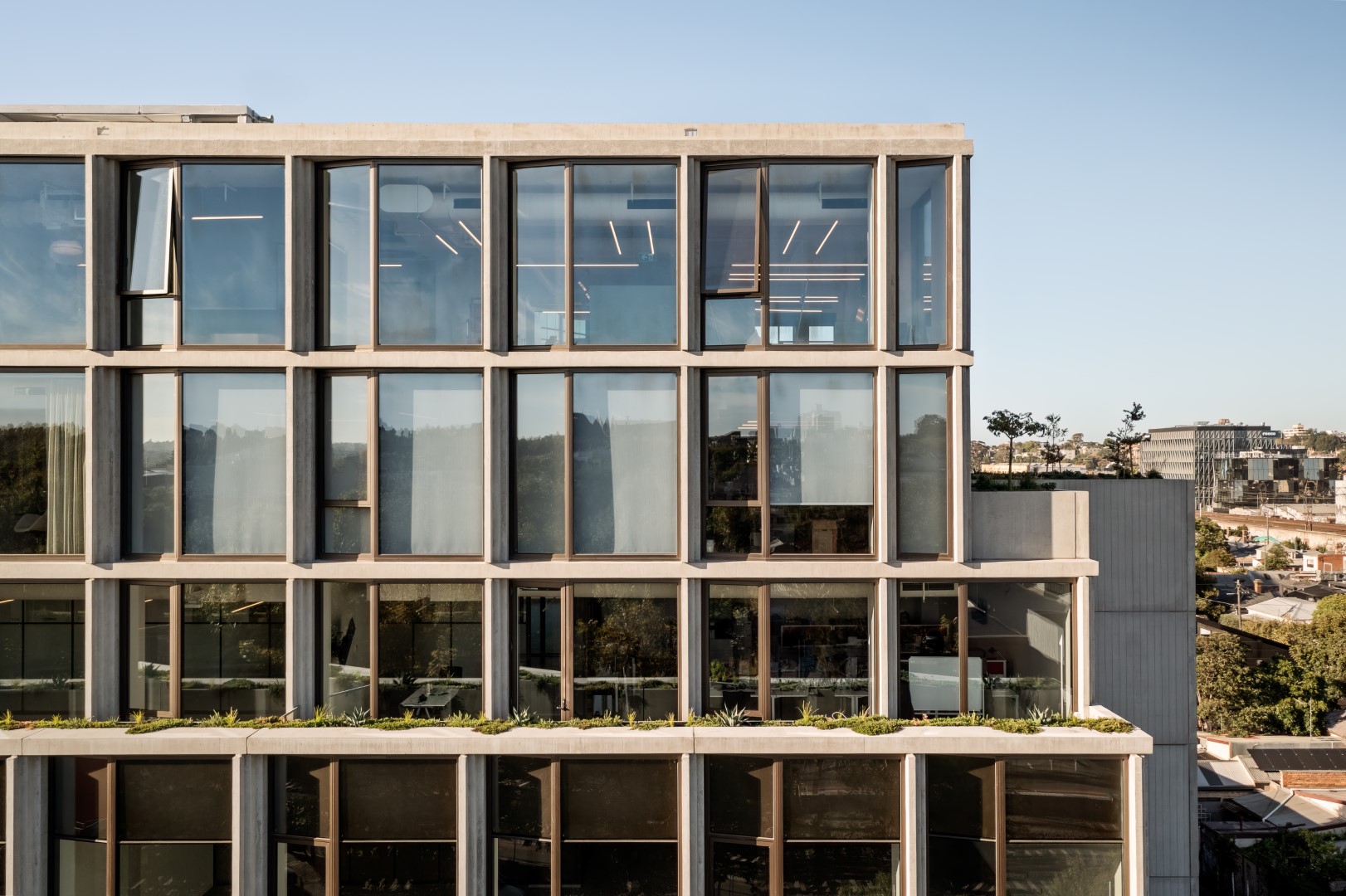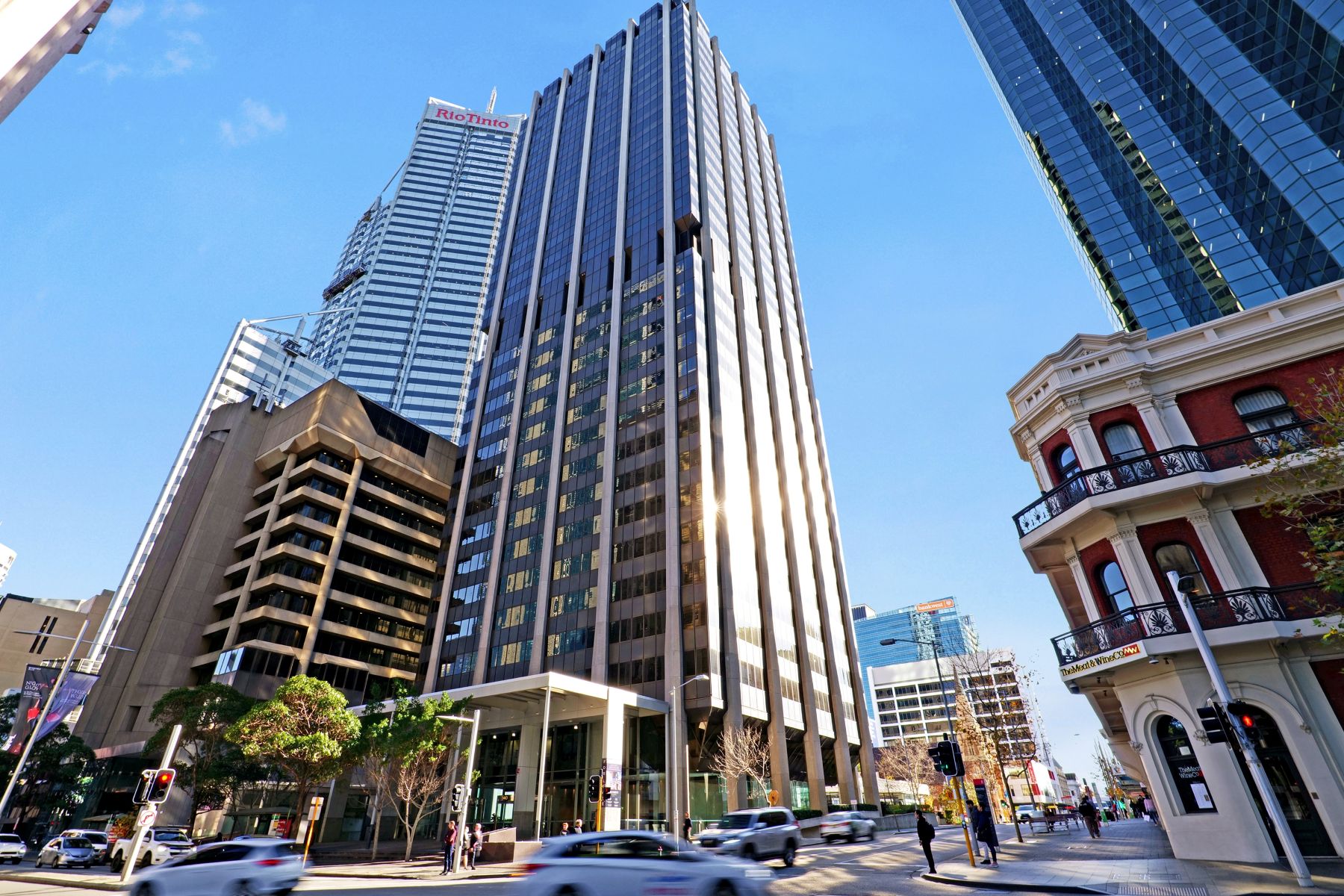
The Sydney Olympic Park office market has a vacancy rate of 5.9%, the lowest vacancy rate of the 19 Australian office markets tracked by JLL.
14km West of the Sydney CBD, Sydney Olympic Park’s vacancy rate has fallen 18.6 percentage points, from 24.5% in 2Q20 to 5.9% 2Q22.
Large leases, primarily by Government tenants, drove this fall in vacancy, contributing to 7,300 sqm of positive net absorption over the quarter.
JLL’s Office Leasing Senior Director, Stephen Panagiotopoulos said, “The precinct has been leasing well in recent years, with major Government tenants such as NSW Police, NSW Ambulance, NSW Health, NSW Rural Fire Service (RFS), NSW State Emergency Service (SES) and Sydney Water all taking significant space.
“Sydney Olympic Park is characterised by the diverse range of business types and industries operating within the precinct. Notably, the area acts as the headquarters to a number of national based occupiers including Samsung, NRMA and AIA Australia, who have all recently renewed their leases.
The area has a prime-grade vacancy rate of 6.2% which is the second lowest nationally, indicative of the demand for high quality space.
JLL’s Office Leasing Associate, Maria Mangcoy said, “A lack of available leasing options, in conjunction with the uptick in tenant demand, has resulted in relatively strong rental growth over the past 12 months within the Sydney Olympic Park precinct.
“The quality of buildings in Sydney Olympic Park are better than typical suburban markets, with many also boasting cutting edge sustainability technology. It’s no secret that landlords who are offering well-located, quality office accommodation and amenity are attracting tenants.
“The multi-purpose suburb is unique in the sense that it’s not only a destination to work, but to live and play,” said Ms Mangcoy.
Significant public sector investment in public transport including the Metro will further transform the precinct. Once complete, these projects will significantly add to the appeal for additional businesses to be located in Sydney Olympic Park, thereby increasing employment growth in the area.
Mr Panagiotopoulos said, “The backbone of Sydney Olympic Park’s success has stemmed from the investment in infrastructure, brought about by the 2000 Olympics which ultimately improved the precinct’s connectivity with other parts of Sydney. Looking ahead, a new wave of infrastructure projects is set to further strengthen Sydney Olympic Park’s strategic position within Sydney.
“The Sydney Metro West underground rail project connecting the Sydney CBD to Parramatta and Westmead, via the Sydney Olympic Park and The Bays Precinct, is anticipated to be operational by 2030, will also provide stimulus to new developments and will underwrite future office demand as businesses are drawn to the improved amenity and connectivity,” said Mr Panagiotopoulos.



